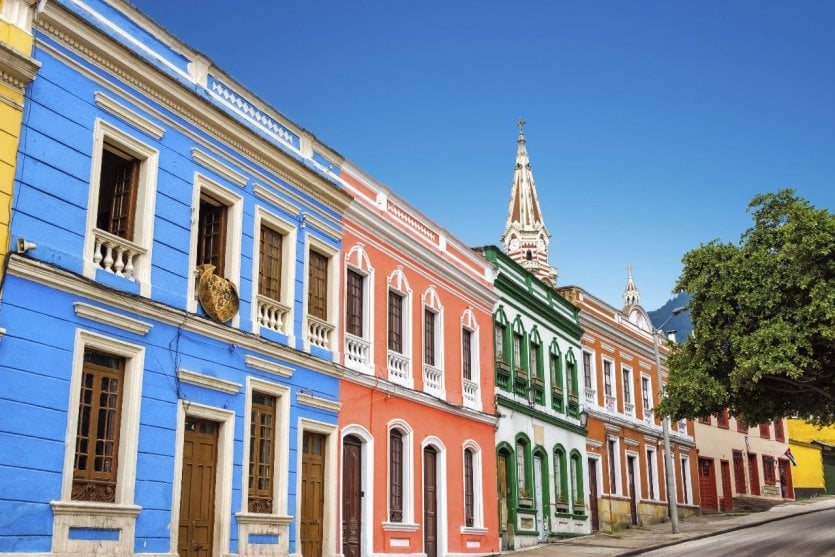
Imagine a land nestled between the majestic Andes and the Amazon rainforest, between the Pacific Ocean and the Caribbean Sea... That's Colombia: a host of splendid landscapes with some of the greatest biodiversity in the world! Unknown or little-known, this country is a treasure trove of unsuspected beauty. Let's get off the beaten track and discover this sunny land, where the welcome and joie de vivre of the locals is legendary! Le Petit Futé has selected 10 must-sees for a successful trip.
Dive into the history of Cartagena de Indias
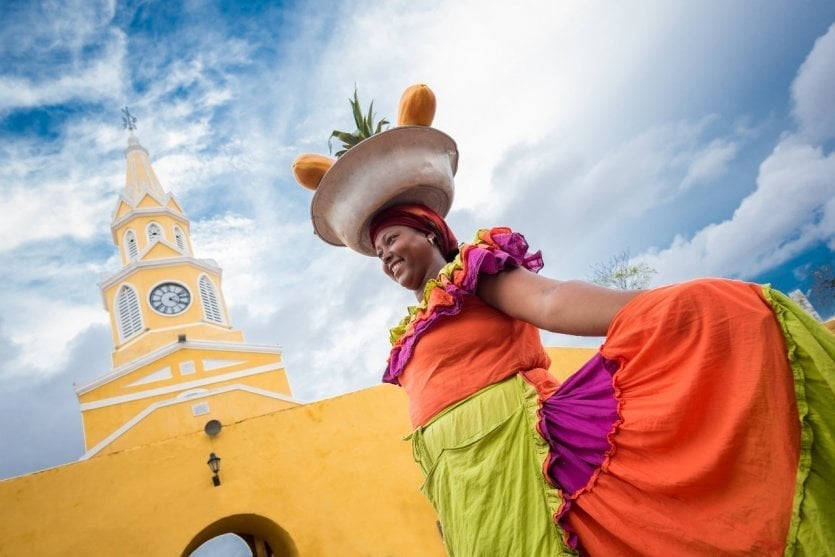
A site of major interest in Colombia, Cartagena de Indias bewitches its visitors. Founded in 1533 by Pedro de Heredia, it was the main Colombian port at the time of the conquistadors. With its beautiful examples of Hispanic colonial architecture and pastel-coloured balconies, the city seems to have been the same for 400 years... A legendary city, here you can breathe in the very essence of Colombia: its flavours, colours and the scents of bougainvilleas in bloom. That is why Gabriel Garcia Marquez, a great Colombian writer, has chosen to live there.
Medellín, "city of eternal spring"
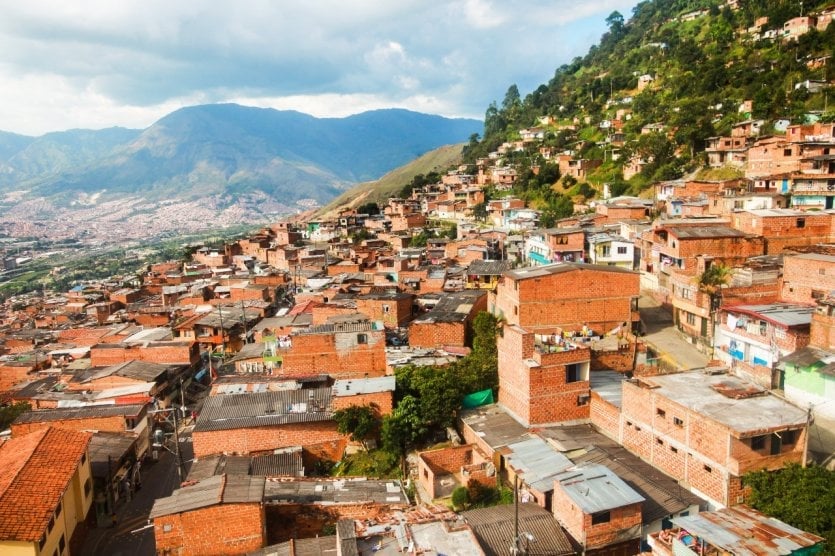
Long seen as a dangerous city, Medellín has managed to improve its image, particularly since the death of Pablo Escobar. Today, it's easy to visit, and you can take advantage of the Metrocable, a cable car on the mountainside, to see the city from above. Its climate attracts many travellers and also many gringos who come to live here. Medellín is also, and above all, the national capital of tango! In El Poblado, the center of the city's nightlife, the nights are wild and the bars and discotheques very famous!
San Agustìn, the eternal
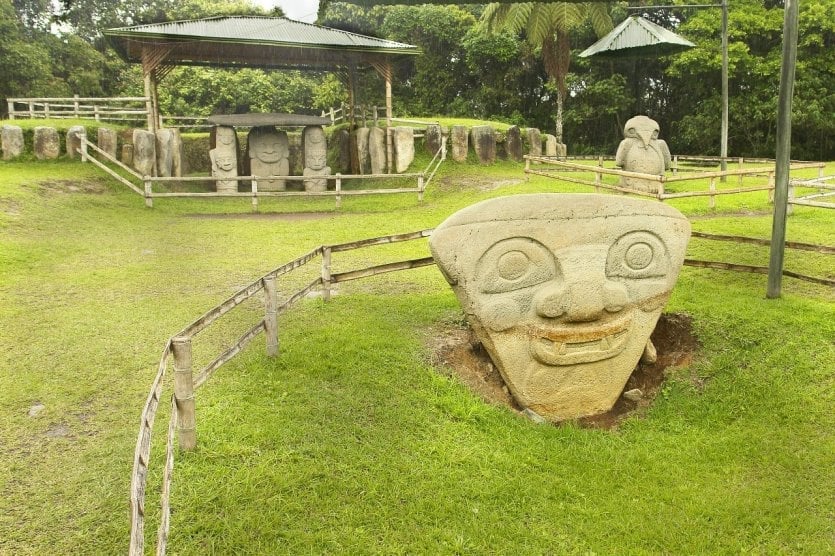
In the department of Huila, in the heart of the Andes Cordillera, is the archaeological park of San Agustín. Discovered at the beginning of the 20th century, the sculptures and burials found there are timeless testimonies to Augustinian culture, a pre-Hispanic society in the northern Andes at its height between the 1st and 8th centuries. The park is now classified as a historical and cultural heritage of humanity by UNESCO. In addition to the San Agustín Museum and the ceremonial spring of Lavapatas, the site houses the "Statue Woods" where the region's lush vegetation and important sculptures with human, amphibian and reptilian figures are mixed.
Caño Cristales, the rainbow river
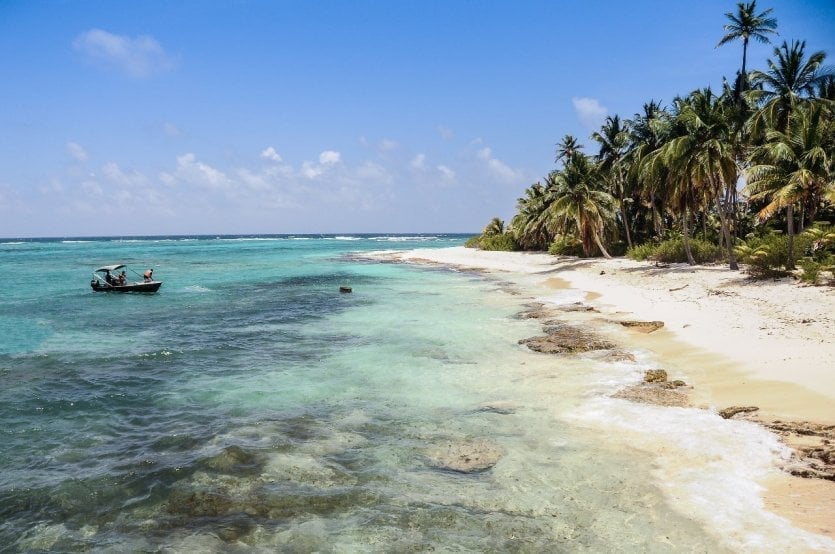
Long controlled by guerrillas, Caño Cristales is now open to all. To get there, head for La Macarena, a village reached by air from Bogotá or Villavicencio. Once in the Serranía de la Macarena natural park, it's impossible not to marvel at its splendid river... From September to November, between the dry and wet seasons, the water level drops so low that the sun's rays cause the moss on the usually submerged rocks to bloom. The result is an unforgettably beautiful river of five colors.
San Andrés archipelago, in the heart of the Caribbean
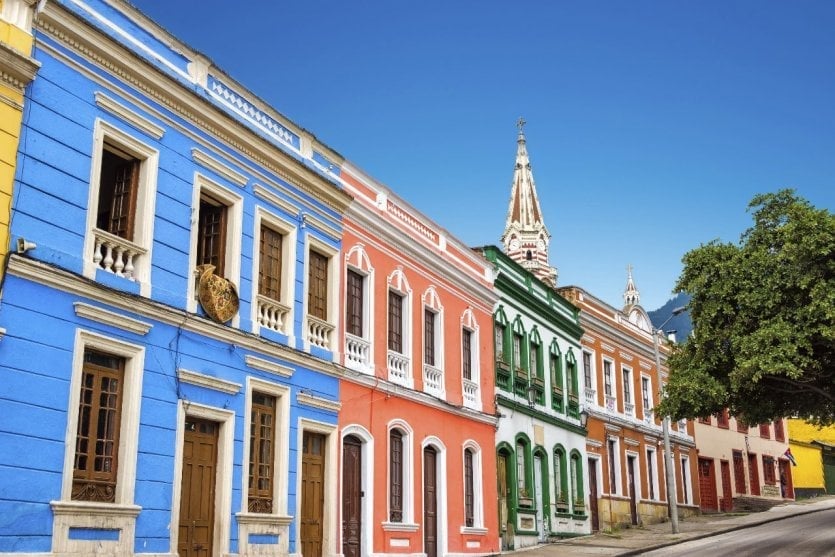
Located in the Caribbean Sea, 700 km from the Colombian coast, San Andrés is nicknamed "the island of the seven-colored sea". Its waters are home to such remarkable species as sea turtles, tiger fish and giant mantises. A diver's paradise! On the southern tip of the island, don't miss El Hoyo Soplador, a small geyser from which sea water gushes 20 m high. For the evening, head to Johny Cay Regional Park: reggae music and tall palm trees will make you realize you're in the Caribbean!
Bogotá, a capital of contrasts
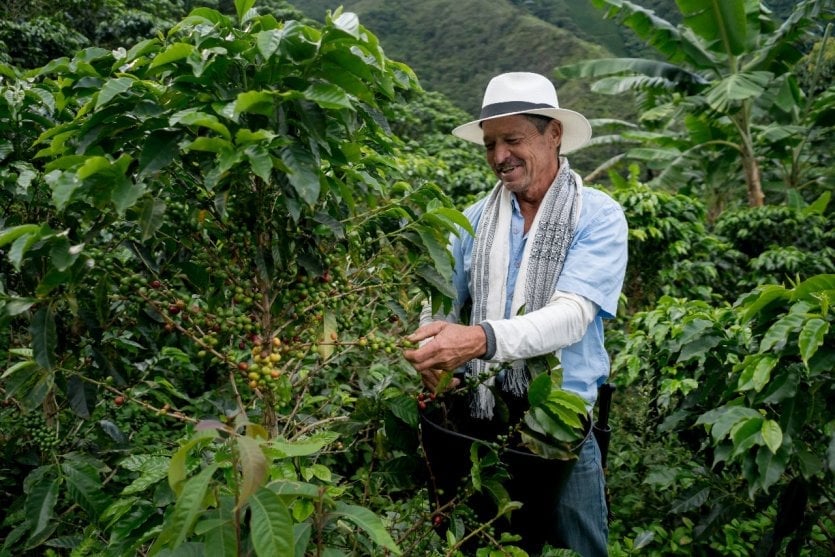
As soon as you arrive in Bogotá, you'll feel the difference: it's cool here, as the city is situated at an altitude of 2,600 m! One and a half times the size of New York, Bogotá is a city of striking contrasts. With its modern districts to the north and its very poor suburbs to the south, it offers many faces to those who know how to charm it... Don't miss the museums, especially the Museo del Oro, home to the world's largest collection of pre-Hispanic goldsmiths' and silversmiths' work.
Discover the art of coffee
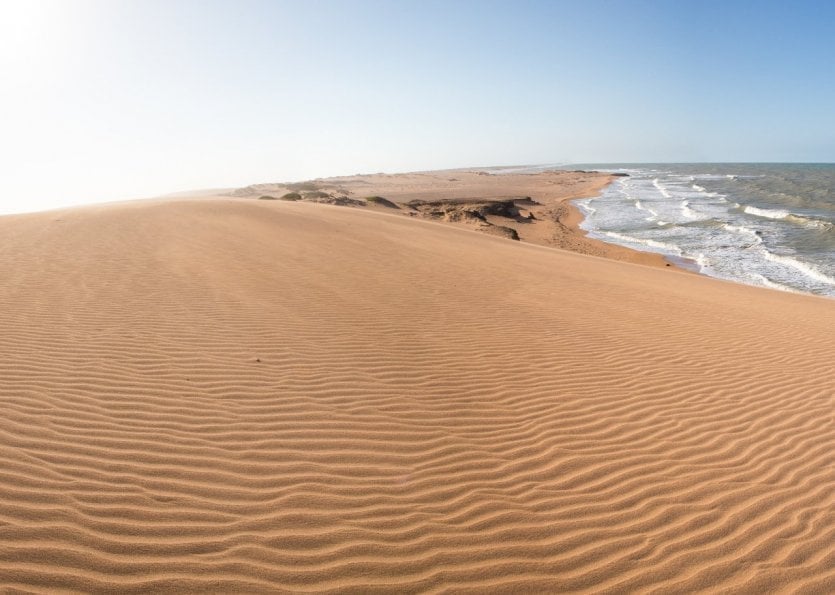
Colombia is one of the world's leading coffee exporters. El eje cafetero - the coffee axis - focuses on three cities: Manizales, Pereira and Armenia, the golden triangle. To understand the history and culture of this legendary beverage, there's nothing like staying in a traditional hacienda and visiting a Zona Cafetera farm. You can also admire wax palms, typical trees of the region.
The incredible desert of Guajira
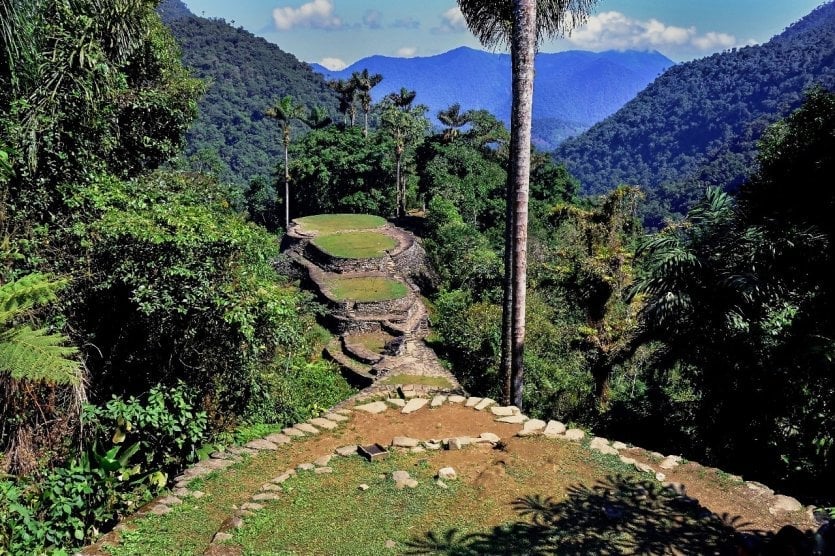
Guajira is the northernmost region of South America. To reach it, the journey is often long and arduous. But you'll be charmed from the moment you arrive... Arid and desert-like, the landscapes are breathtakingly beautiful. Puntas Gallinas is the most northerly point on the continent, with splendid sand dunes rising out of the sea. Cabo de la Vela is also a must-see. It is said that Christopher Columbus and his crew mistook this immense dune for a sail, hence its name. This small fishing village and its dream beaches are the ideal spot for kite surfers!
Walk to la ciudad perdida
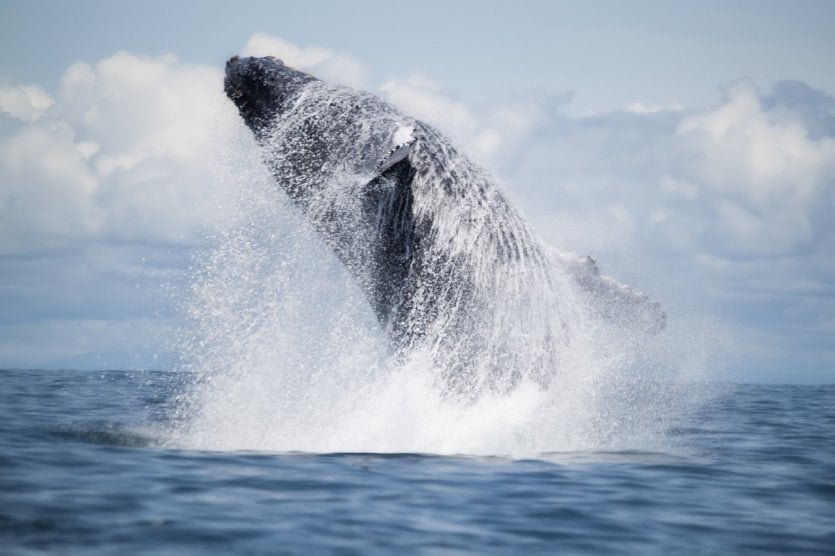
La ciudad perdida is located in the Sierra Nevada de Santa Marta. Discovered in 1972, it is thought to have been founded in 800 by the pre-Columbian Tayrona people. Today, it is a place of mysterious history and, above all, a sacred site. If la ciudad perdida is unforgettable, so is the journey to get there... Accompanied by a guide, you cross an often hostile but always surprising landscape. Don't worry about getting wet or even blushing during the three-day walk: the sun is very hot in this region!
Whale watching in the Pacific
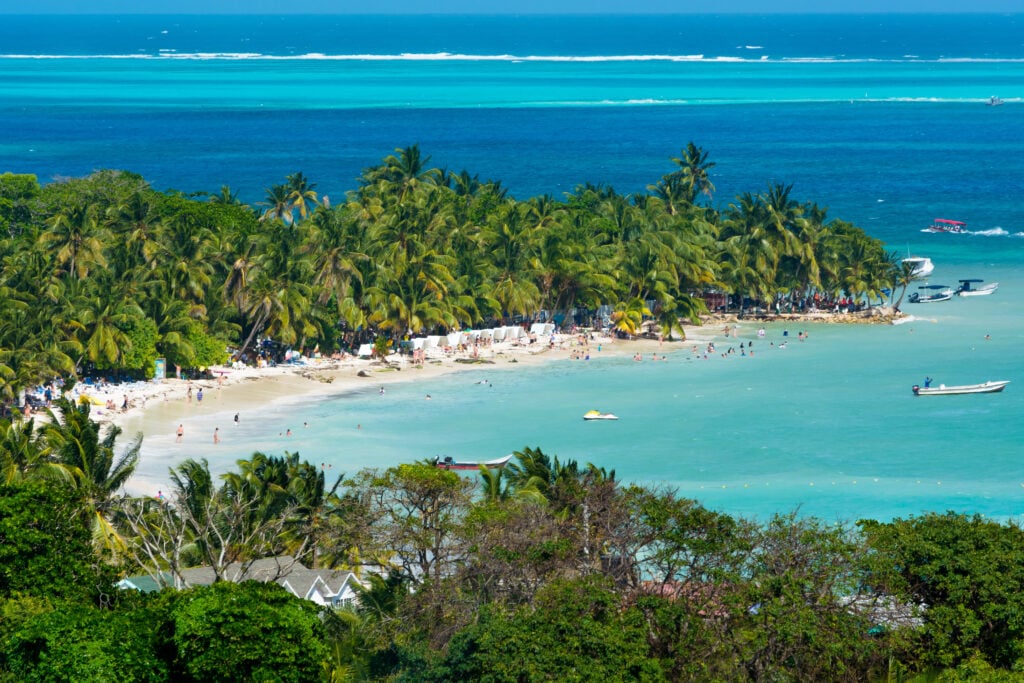
From July to October, Pacific humpback whales come to breed near the Colombian coast, in the warmest waters. Enseneda de Utría National Park is one of the most famous spots to admire these gigantic mammals and their offspring. But it's Bahia de Málaga, near Buenaventura, that takes the jackpot with the world's highest record for whale births, no doubt due to the tranquility of its bay. Whale watching is the most magical experience in Colombia.


